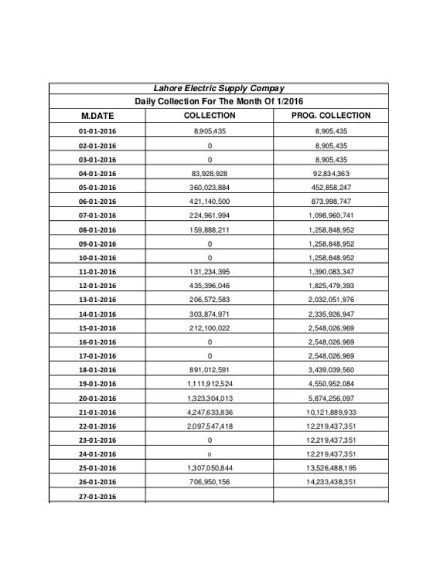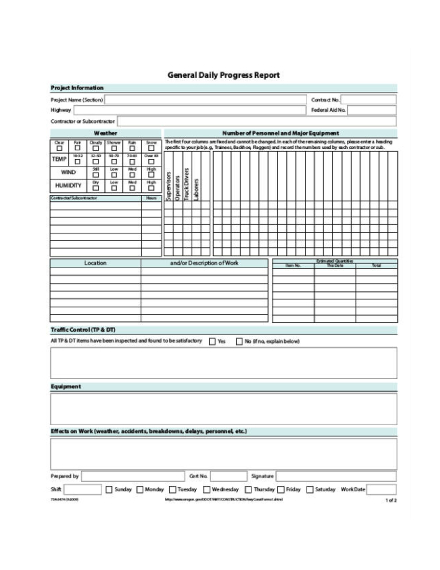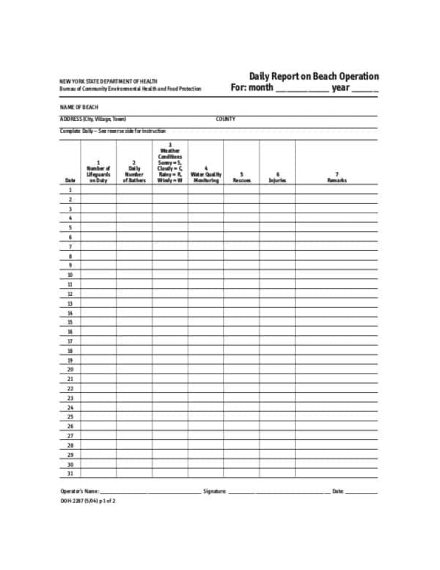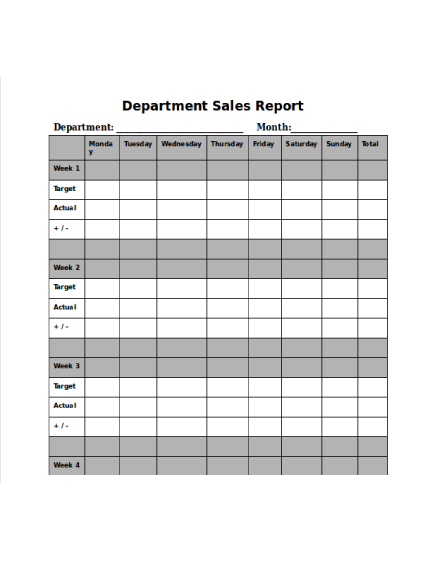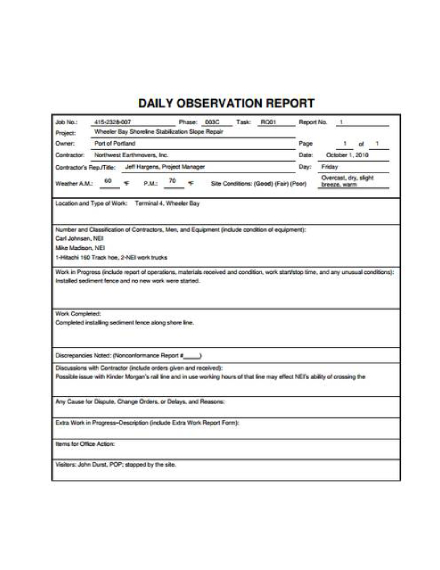22+ Daily Report Examples to Download
Monitoring the productivity of your workforce is essential to corporate success. This allows business leaders to analyze the performance of their staff members over a specified period. In specific organizations, employees must submit a daily report to outline what they have accomplished for the day to their superiors. In this article, we are going to discuss how you can make one.
22+ Daily Report Templates
Daily Progress Report Template
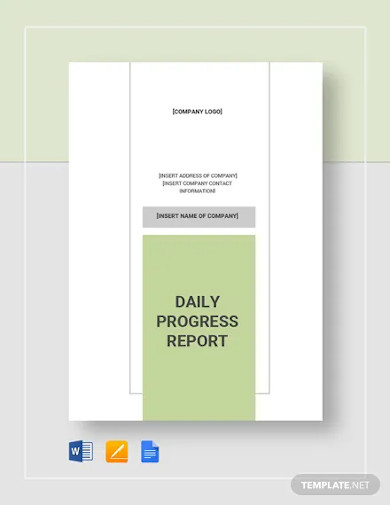
Daily Activity Report Template
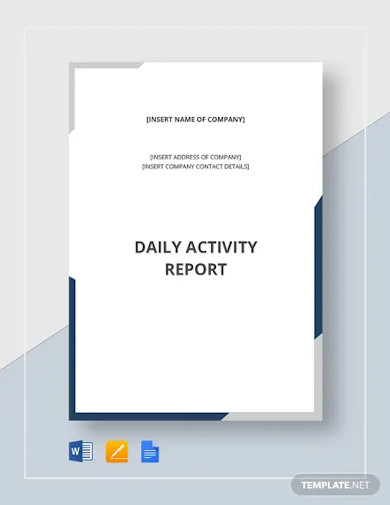
Daily Production Report Template
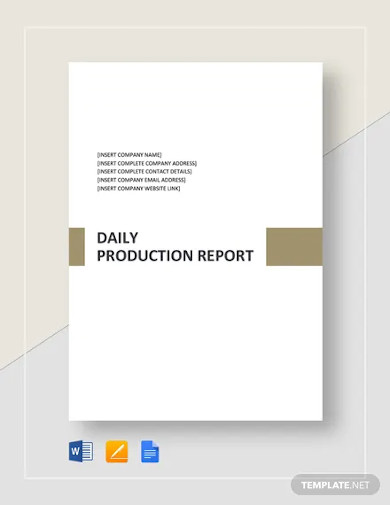
Construction Daily Report Template
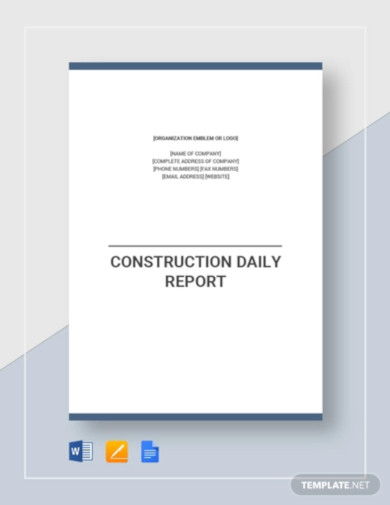
Daily Construction Report Sample
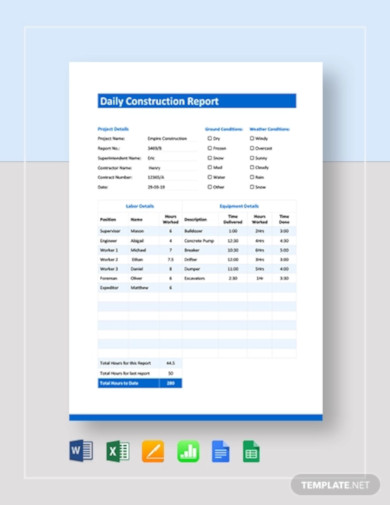
Daily Construction Report Template
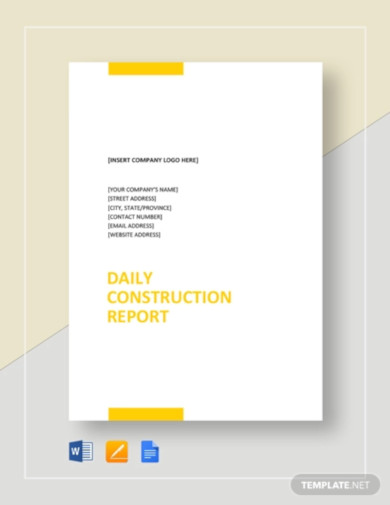
Daily Sales Report Template
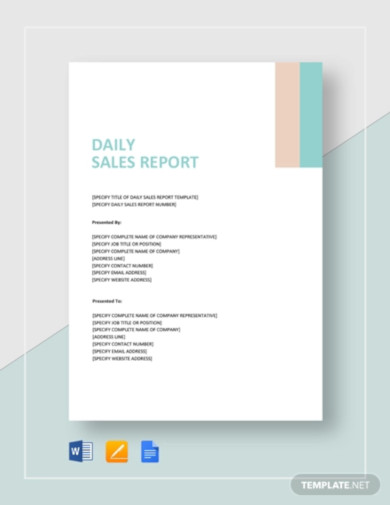
Restaurant Daily Sales Report Template
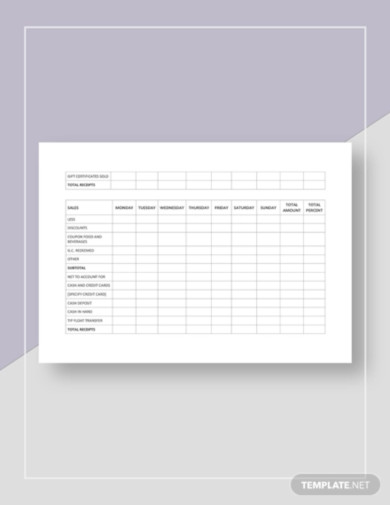
Construction Daily Inspection Report
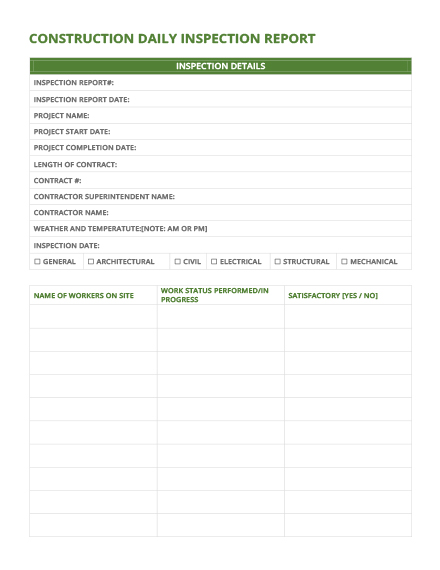
Construction Superintendent Daily Report
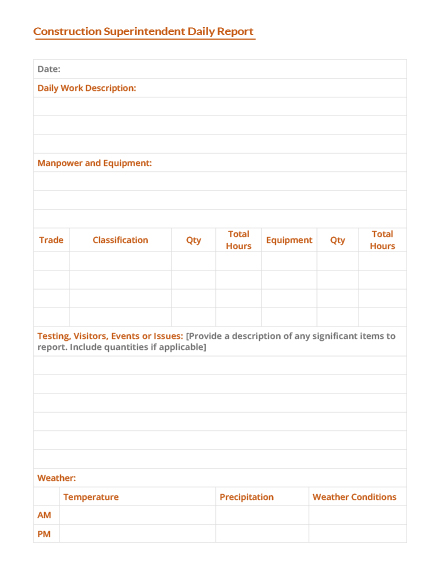
Daily Activity Report
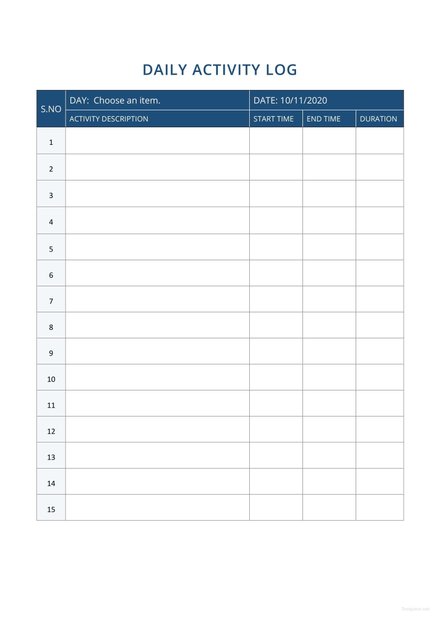
Daily Attendance Report
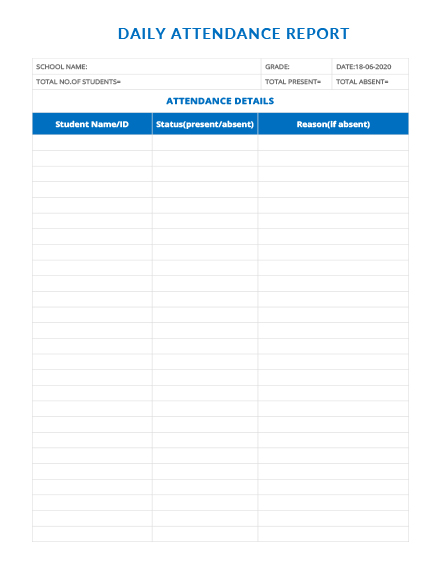
Daily Call Report Template
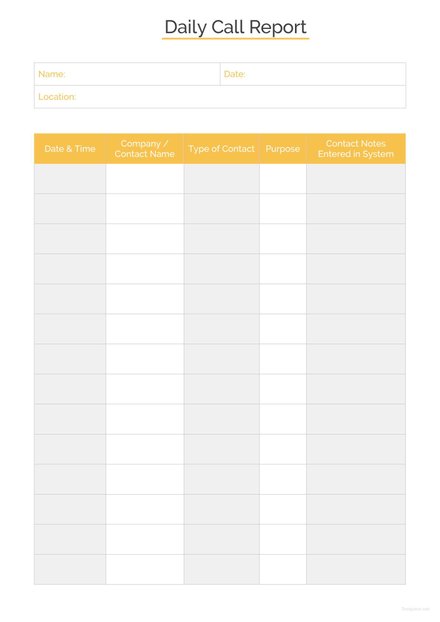
Daily Construction Report Sample

Daily Material Control Report
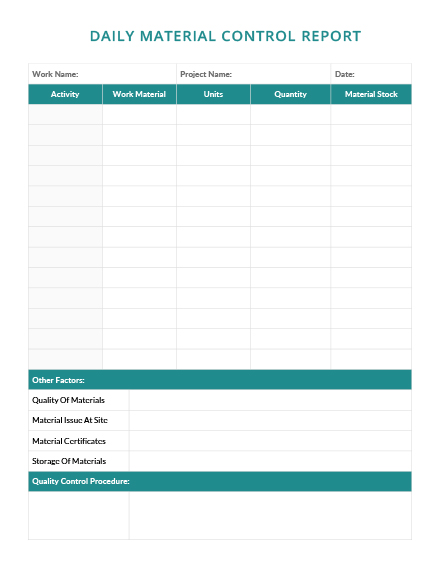
Daily Production Report

Daily Progress Report for Building Construction
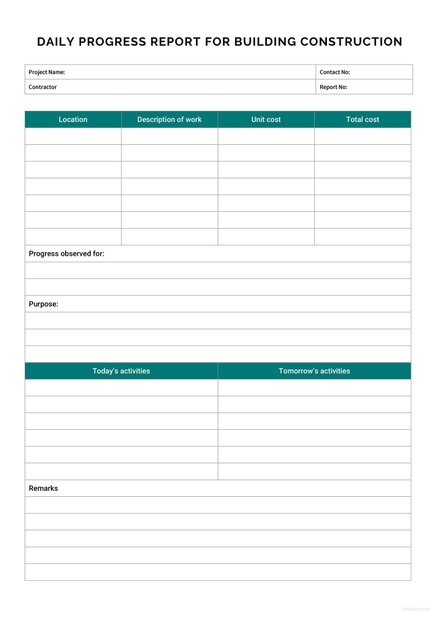
Daily Sales Activity Report Template
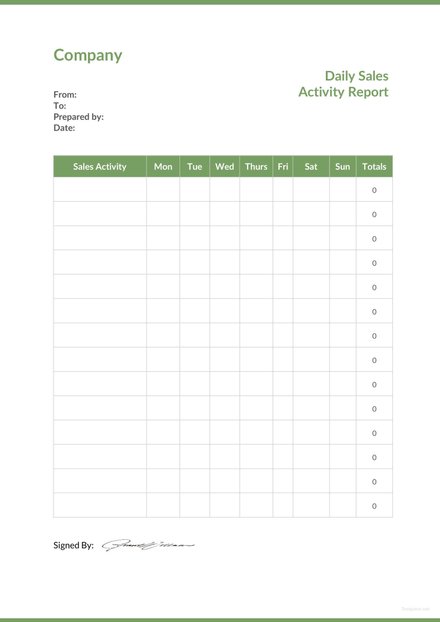
Daily Collection Report
Daily Progress Report
Daily Report on Beach Operations
Department Daily Sales Report
Daily Observation Report
What Is a Daily Report?
A daily report is a document prepared by employees and submitted to their supervisors. It is a report that contains details on what the activities and work they have done for that specific day. A daily report’s use is to update project leaders on the latest events and happenings in the office. The document may get revised later on to locate discrepancies or avoid overlooking mistakes.
How To Create a Daily Report
Daily reports are applicable in all sorts of work from simple ones like housekeeping to complex ones like marketing production. People often perceive daily reports as a formal report. While this may be true to some extent, they aren’t precisely as comprehensive as an academic report or a financial report. Even so, there are a few things you need to remember when writing a daily report.
1. Be Descriptive
For activities and observations, keep them specific. You need to explain the details of these matters to make it easier for readers to visualize the statements. However, they need to keep it concise as well to prevent a wordy and ambiguous report. For example, if you are working at a daycare center, you can include the activities you’ve done and the hours of work you’ve put into your daily report for starters.
2. Keep It All Organized
Always keep your report as organized as possible. You can present relevant data in a tabular format for emphasis and make it easier for managers to locate. If you are creating a digital report, you can use a bold text style to highlight information in a noticeable yet straightforward manner. This is especially helpful if your job has a lot of tasks involved like those of school teachers, for example.
3. Share Notes, Issues, and Concerns
While you could always forward these directly to your manager, recording them on print might come in handy. This ensures that they received and read your message as well as prevent them from overlooking anything. For example, if you are working as a safety inspector and feel the need for more training. Feel free to mention it in your daily report, as this is an appropriate platform to do so.
4. Make Sure To Stamp the Report
As soon as your workers submit their respective reports, you need to make sure that they are time-stamped, contain the location that the summary pertains to, and the name of the employee who submitted the report. This format is vital in maintaining the value of the report as substantial evidence for any disputes.
FAQs
Is there a specific format for daily reports?
There is no strict format for them. Companies design daily reports according to a specific purpose, but you also can customize it to fit your company requirements with the help of a few adjustments.
What is a signature line?
It is the part of a message where the writer places their name, contact, and professional details. The signature will establish accountability and prove that a credible source provided the report. People usually put it at the bottom of the page.
Why is a daily report important?
There are several benefits a daily report can bring to an organization. For one, managers can refer to the report to determine the latest status of a project and evaluate whether an employee has delivered his or her tasks accordingly. While the report may not depict a dramatic change in productivity from the previous day, it’s still a good practice to keep track of your time and ensure that you spend it wisely.
Daily reports have a crucial role in various jobs. As mentioned in a Forbes article, it can help contractors keep track of their progress in a construction project. Whether your organization uses digital reporting or written reports, understanding how to write a daily report correctly is critical to effective business communication. Feel free to check out our other examples of business reports and workflow reports for reference.



